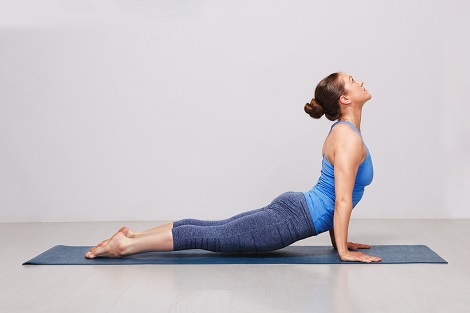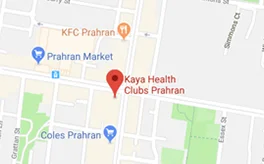How Effective Are Yoga Courses In Treating Scoliosis?

Scoliosis is a condition where a person has a sideways curvature in the spine. The curve can be C- or S-shaped, with the degree of the curve varying per person. In very mild cases, one does not typically experience any pain or problem with movement. However, in some cases, those with scoliosis experience back and hip pain, shortness of breath, headaches, and/or chronic fatigue. People with scoliosis often look into yoga courses to see if it can help treat this condition.
Scoliosis as complimentary treatment for scoliosis:
Traditional treatments for scoliosis involve wearing a corrective brace for mild cases, while those with severe curvature are advised by doctors to undergo surgery where metal rods are placed by the spine to reverse and stop the curve. Those who use braces have to wear them 23 hours a day, every day for several years, while those who go through surgery experience reduction in mobility as well because the spine is fused. For this reason, yoga is seen as a less drastic alternative.
In yoga, we aim to find balance in our bodies, thus someone with scoliosis may be able to stretch out and relaxed tight muscles and strengthen those that have grown weak through various yoga postures. In fact, sequences that are designed for people with scoliosis will find that as their spine gets stretched gently, pressure on the lungs and surrounding muscles is relieved. Furthermore, with a core strengthened through yoga, one is able to support the spine better.
Yoga courses target not just the body but the mind as well by training a person to manage their breathing more, which results in better awareness of one’s body. With this improved mind and body awareness, someone with scoliosis is better attuned to the imbalance in the body brought by the curve, and is able to adjust their posture accordingly.
Yoga poses for scoliosis:
When joining a general yoga class, a person suffering from scoliosis will find a noticeable difference in how their back feels especially when they do yoga at least three times a week. Those who do yoga sequences specifically designed for scoliosis will notice this difference even faster. Examples of postures that people with scoliosis find helpful are Adho Mukha Svanasana (Downward Facing Dog Pose), Viparita Karani (Legs Up The Wall Pose), Sarvangasana (Shoulderstand), Ardha Chandrasana (Half Moon Pose), and Vasisthasana (Side Plank Pose). In this poses, you either find length in your spine or relieve pressure off it.
Should you tog to yoga for your scoliosis:
Through a consistent yoga practice, one is able to support their bone structure better, find their own optimal body alignment, and feel less or no pain on the back, and gradual release of tightness in the surrounding muscles. If you are considering trying out yoga for your scoliosis and have not done yoga before, joining yoga classes for beginners is a good option if there are no special classes for people with scoliosis in your area. In these yoga courses Melbourne yoga teachers typically conduct the class at a slower pace and would be able to give you modifications to the postures that are suited to both your current level of practice and your scoliosis.










